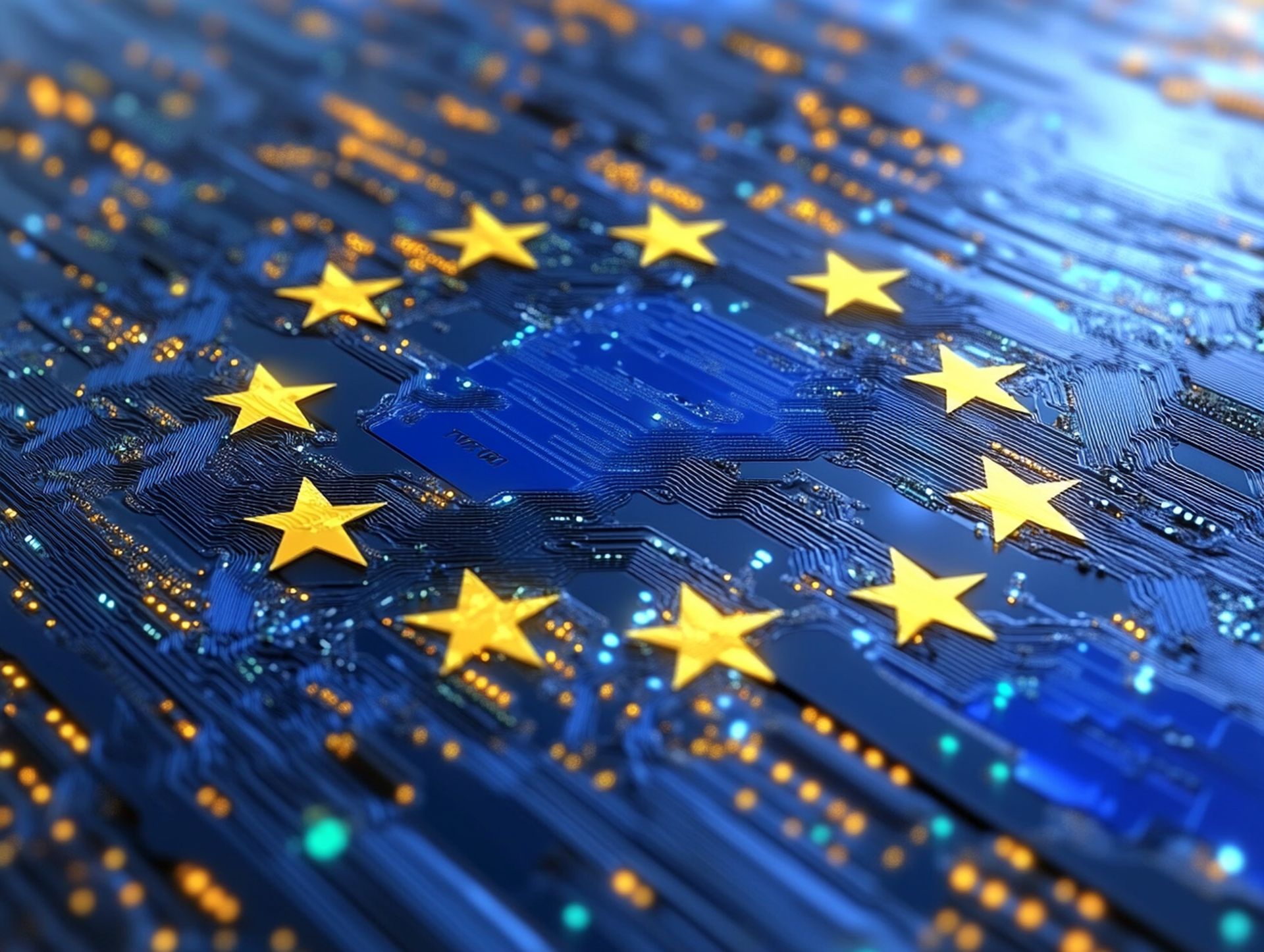Digital twin technology lays the foundations for enterprise metaverse
11 Kas 2022
3 dk okuma süresi
Organizations will look drastically different in the future decades. Experts anticipate a future where the distinctions between real-world and virtual settings are blurred. Every resource, procedure, and employee within and connected to a company will have a virtual duplication and be connected. As a result, nearly every aspect of work can take place solely digitally or, at the least, before it does so physically. Employees can train and get real-world product design experience while sitting at their workstations thanks to immersive experiences made possible by augmented reality (AR) and virtual reality (VR). Senior executives will be assisted in prescribing the right course of action in even the most chaotic times by mass simulations and AI technologies, which will leverage data streams from throughout and outside the company to forecast what will happen next with incredible precision.
This is the business metaverse, a digital, frequently immersive setting that duplicates and integrates every element of an organization to enhance interactions and decision-making. Despite still being a distant goal, constructing the digital twins that will fuel the enterprise metaverse has already started.
A vision for the enterprise metaverse
In the future enterprise metaverse, your whole supply chain—from raw materials to delivery—can be continually reproduced in real-time. It will be connected to supplier data to give early notice of an interruption in a vendor's ability to produce. A real-time report on existing inventory buffers, alternate suppliers, and equivalent parts is sent to managers. Managers can model their vendor transition plans after acquiring a new supplier and select the business with the least impact. The vendor onboarding and purchase order processes will automatically start after choosing the new source. The R&D organization receives a 3-D reproduction of the component from the new supplier after it has been selected, and its effects on customers and current processes are automatically modeled.
Your virtual factory will then simulate subsequent production halts and provide managers with ideas on maintaining high production quality during the switchover by optimizing workforce and shipment schedules. Also, your virtual retail shop will proactively send store managers suggestions for altering store layouts and product mixes to fill any temporary gaps on shelves and for training staff. Hence, they are prepared to respond to customer inquiries about any changes to product offerings.
As a result, the time an item stays out of stock will decrease from months to days, financial expenditures will be close to zero, employees will see few inconveniences, and customer happiness will rise.
This scenario does not capture the full magnitude of the enterprise metaverse, but it gives a good idea of what it can do for businesses.
What role do digital twins play in realizing the enterprise metaverse?
Today, there has been much talk about a commercial metaverse where customers can connect with businesses and purchase physical and digital goods using avatars. However, McKinsey points out that the metaverse's influence on business could be at least as great as it is on consumers. A customized and immersive employee and customer experience made possible by augmented and virtual reality, autonomous AI use cases (like proactively self-healing equipment) that aren't currently possible, and entirely new product development mechanisms and processes could all be made possible by the metaverse.
Even while it will take some time for this vision to become a reality, top businesses around the globe are already laying the groundwork for it with digital twins. Ultimately, dozens of networked digital twins will drive the enterprise metaverse, replicating everything from physical assets (like goods and office buildings) to people (like customers and employees) to key business processes and frequently interacting with the real world without human involvement.
Today, digital twins may be created with the available technology and expertise, adding immediate value rather than taking years. One telecom and technology company, for example, was able to lower capital and operating costs by 10% by creating a digital twin of its network assets. Based on specific network information, the twin can automate digital interventions, regulate usage patterns, identify failure points, and optimize capital expenditure. The company projects that as more AI use cases are enabled, and more decisions are made using data across the organization, digital twins will have a cumulative financial impact of billions of dollars over the next ten years.
By laying the groundwork for value-driving digital twins now, businesses at any stage of digital maturity can start their path toward the enterprise metaverse. It's crucial to remember that the enterprise metaverse itself is not the end aim. Focusing on iterating, evolving, and adding twins only if they could have a significant influence is in the greatest interest of companies. In this fashion, many businesses could eventually reach their version of the enterprise metaverse.
İlgili Postlar
Technical Support
444 5 INV
444 5 468
info@innova.com.tr









